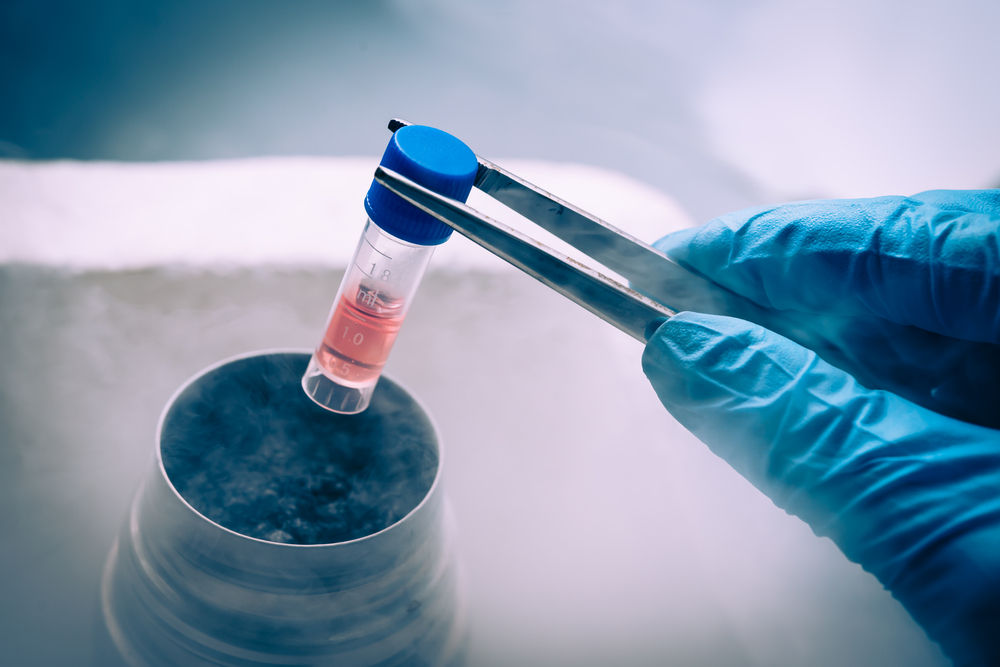The biggest national project to treat patients with cerebral palsy (CP) through injection of stems cells from umbilical cord blood (UCB) into the brain began its trial run in March.
The project is jointly undertaken by Royan Institute, Children’s Medical Center (affiliated to Tehran University of Medical Sciences), and the Iran Blood Transfusion Organization (IBTO).
In the first phase, it will provide treatment to 130 children with CP between the ages 5-13. The treatment was tested in September 2016 on children with CP in some hospitals, and the results were highly satisfactory.
Approximately four in every 1,000 children in Iran have CP while in the developed countries the rate is 2 to 2.5 per 1000 live births.
Cerebral palsy is an umbrella term for the effects of damage to a developing brain by various causes. It is connected with a range of symptoms, including muscle weakness and movement problems. The damage to the brain usually occurs early on in its development, either in the baby during pregnancy or during the period soon after birth.
Symptoms may include difficulties in walking, balance and motor control, eating, swallowing, speech or coordination of eye movements. Some people affected by CP also have some level of intellectual disability. No two people with cerebral palsy are affected in exactly the same way.
The IBTO plans to expand the storage of stems cells from umbilical cord blood to 100,000 samples from the current 80,000, said Ali Akbar Pourfathollah, head of the organization, ILNA reported.
“Around 75,000 samples have been stored in private banks and 5,000 in public banks, but the number will surpass 100,000 soon,” he added.
Valuable Source for Treatment
Umbilical blood is a valuable source of hematopoietic stem cells which can be used for treatment of many malignant diseases such as leukemia. Hundreds of transplants have been performed using stem cells from such blood, which is easy and risk free.
The use of stem cells reduces the risk of viral diseases transmission and incidence of Graft Versus Host Disease (GVHD). The ability to perform organ transplants is among the benefits of umbilical cord blood transfusion.
Using stems cells is also one of the best ways to treat blood diseases since the method has a success rate of 70% worldwide.
Storage of stem cells is a valuable investment. So far, 27 cord blood banks have been launched across the country. There are two types: public and private banks for stem cell storage. The former does not charge a fee for storage. But in the latter, the cost of collection and genetic testing is about $645 and the annual charge for storage is $33, according to ISNA.
Pourfathollah said the IBTO is looking to store stem cells in medical cases when a patient needs to receive treatment from matched unrelated donors.
“In the past Iranian year (ended March 20), out of the 8,000 stem cell transplantations in the country, only 100 were from matched unrelated donors and the rest came from sibling (or related) donors.”
IBTO is also looking to set up coagulation/transfusion and HLA/immunogenetics laboratories in the country on par with international standards.
The Immunogenetics and HLA Laboratory provides human leukocyte antigen (HLA) typing, HLA antibody identification and post-transplant engraftment monitoring services. These tests are required for patients undergoing evaluation for organ transplantation, recipients of bone marrow/stem cell transplants, patients requiring platelet transfusions from HLA-matched donors, and patients undergoing evaluation of particular health conditions.


